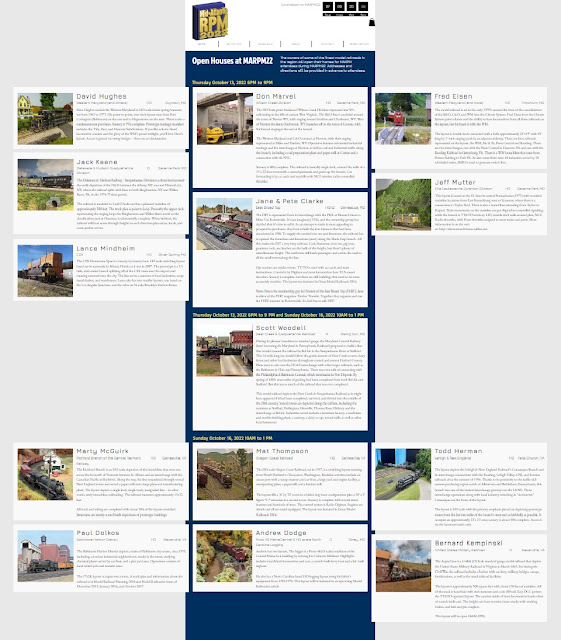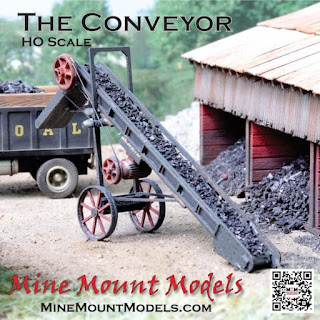 |
| While it still needs some corner trim and perhaps base molding, the paneling directs the eye upwards at the layout. |
I took a few minutes to look over my blog posts from March 2020 through the late summer. (As an aside, being able to record my progress - or lack thereof - is one of the main reasons I maintain this blog!). And while the alcove "Curve" scene is obviously much further along than it was then some areas of the layout have remained remarkably stagnant. So a couple of weeks ago I walked around the basement and made a list of things to do before the open house. I divided it into two parts - "Need to finish" and "Nice to finish". Almost top of the list on the former was "Do something about shelves under layout."
I don't know about you, but I've been to plenty of open houses over the years where people spent more time looking at and commenting on all the stuff under the layout than the railroad itself! We had a couple of neighbors downstairs a few weeks ago and while they didn't comment on the stuff under the railroad they certainly noticed it. Messy shelves with stuff stacked on them never looks neat or orderly - no matter what we tell ourselves.
I intended to use the Ivar shelves in the "entry area" of the layout to display railroadiana and perhaps models that I've built or acquired over the years that don't really fit my New England branchline theme. But in the last few years that really hasn't panned out. I tell anyone who listens that the shelves aren't really at an ideal height for displaying or viewing anything.
 |
| The "before" view in all its glory. |
So last weekend I bought a couple of sheets of beadboard paneling, painted them my fascia color and installed them on the "display" side of the shelves. At least that will eliminate the distraction when you first enter the layout area. My ultimate goal is to have nothing under the layout at all. For now, the "operating aisle" side of the shelves are open and usable for storage. Of course all the stuff that was on the shelves in now stacked on the other side of the basement - but dealing with that is the next project!













